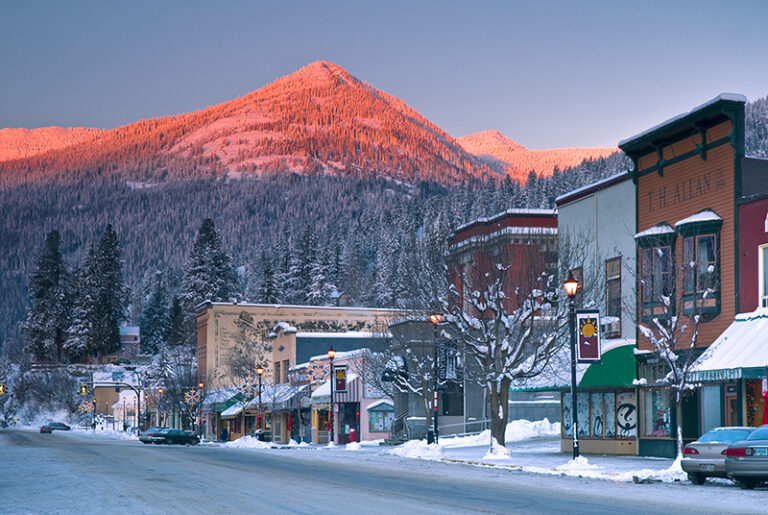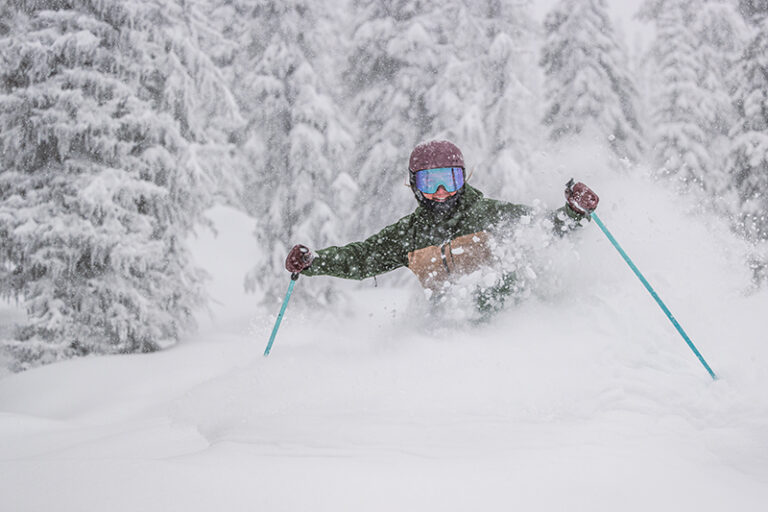MOST OF MY FRIENDS and family members that do not ride bikes for practical purposes cite safety as the main reason. Many of these folks enjoy riding bikes. They’ll ride their bikes around the neighborhood or they’ll load their bikes onto their car and ride the Centennial Trail or another off-street trail. But when it comes to riding downtown, or riding to the store, or getting to work, they are not comfortable riding their bikes with traffic.
And who can blame them? When we’re kids, we’re taught to stay out of the way of cars. We are taught to ride on the sidewalks and stay out of the way. Yet, as adults, if we read up on cycling in traffic, we find the recommendation to “be a vehicle” is the safest, to “take the lane!”
As car drivers, it seems that for every cyclist we see on the road, we see a different “style” of riding. Sometimes the cyclists are in traffic, holding us up, and other times, the cyclist may be hugging the curb, darting out into our lane when a parked car or a car door opens in front of them. Practically speaking, there doesn’t appear to be any rules when it comes to governing the actions of cyclists. Thus, for many folks that drive regularly, the thought of being on a bike in the chaos of traffic is terrifying.
The fact is, there are rules of the road for cyclists; they are the same as the rules for cars. To most, that seems crazy. Bikes are slow; they’re exposed; there’s no engine. It doesn’t seem to make sense that they would have the same rules. However, if you spend some time thinking of the alternative-that is, having a different set of rules for cyclists-things get really confusing, and it makes quite a bit of sense to have the same rules.
The basic rules of the road are simple and well-understood. Slow traffic should be on the right. Slow vehicles (yes, a bike is a “vehicle”) that hold up more than five other vehicles must move over when it’s safe, to allow vehicles to pass. At uncontrolled intersections, the vehicle on the right has the right-of-way. Do not pass on the right. Use signals to inform other vehicles when you change direction. Follow the posted speed limits and all signs and lights. All of these basics make sense and they all apply to bikes. Ultimately, it’s about being predictable. Throw in some courtesy and common sense, and you’re golden.
Once you internalize the rules of the road on a bike, in the same way you do when you drive a car, then riding through traffic becomes second nature.
Unfortunately however, it seems that the majority of traffic on our roads is made up of cars being driven by people that do not know that bikes are vehicles. This is where predictability as a cyclist is so important. And this is where the “take the lane” approach to riding in traffic comes from. The idea behind taking a lane is to make sure cars don’t attempt to squeeze by you on the left, thereby pushing you into parked cars, gutters, curbs, etc. Taking the lane forces the driver to pass you as they would overtake another vehicle, which is a greater risk to the driver, instead of you. And that’s what it’s all about: taking control of your safety. You decide when it’s safe for drivers to pass you, either by taking the lane and forcing the car into the oncoming lane; or by pulling over, as a slow vehicle should, and allowing cars to pass you.
In much of Spokane, especially downtown and through out the core of the city, we have many four lane roads: two lanes of travel in each direction. We are very road rich here for the amount of traffic we have to support. With some exceptions, these roads are rarely at even a fraction of capacity. As counter-intuitive as it may seem, these types of roads are probably the safest roads to travel by bike. They are also efficient routes for the practical cyclists, as they often have timed lights and fewer uncontrolled intersections. You can take the right lane and cars have plenty of room to pass you in the other lane. The biggest safety issues on these types of roads are watching for cars that will attempt to cut you off and turn right in front of you, and watching for traffic that is turning into your lane. But again, if you are taking the lane, then you’ll be more visible to the traffic turning into the lane than you would if you were hugging the curb and “staying out of the way.”
Even armed with the knowledge of traffic rules and the theory of “taking the lane” most people will simply not ride their bikes in traffic. The truth that I’ve discovered in the last year or so is that the majority of people just want a stronger perception of safety when they are on a bike in traffic. Bike lanes and multi-use (no car traffic) lanes are the preferred mode of travel for most people that would like to ride their bikes more but don’t do so for safety reasons. For these folks, the ideal would be that all bike traffic is segregated from car traffic.
Again, I can’t blame these folks. But I’m pretty sure that if you can get these folks out there in a bike lane or maybe on a bike boulevard, then eventually, they may start venturing off into “unmarked” streets as they become more comfortable. From there, we may see a tiny mode shift, maybe just a few percentage points of all trips converting from car to bike as folks become more comfortable riding in traffic. At the same time, drivers will be used to seeing more bikes in traffic, which is a huge benefit to the safety of all cyclists. Then the self-perpetuating ball gets rolling: a few more drivers, seeing the cyclists, try riding to work one day, which puts a couple more cyclists on the road, which other drivers see, which inspires them to give it a shot, which….
Therefore, the first step in creating a mode shift for our community is to get some bicycle facilities laid down on the streets of Spokane.
In this column a couple months ago, I mentioned that the Bicycle Advisory Board is currently working on the Master Bike Plan for Spokane. Well, the draft maps are complete and ready for your input. If you are part of this majority of people that want to ride a bike through town but just don’t feel safe doing so, we must get your input on these maps. Show up and be heard.
MASTER BIKE PLAN PUBLIC MEETINGS:
#1 Tuesday, April 22, 6pm – 8pm
Southside Senior Center
3151 E. 27th Ave.
#2 Thursday, April 24, 7pm – 9pm
West Central Community Center
1603 N. Belt
#3 Tuesday, April 29, 6pm – 8pm
Northeast Community Center
4001 N. Cook
More info: www.bikespokane.net
John Speare grew up in Spokane and rides his bike everywhere. He wants you to ride your bike too. Help build the plan. Citizen input is essential for a great plan. Get involved: www.bikespokane.net.













